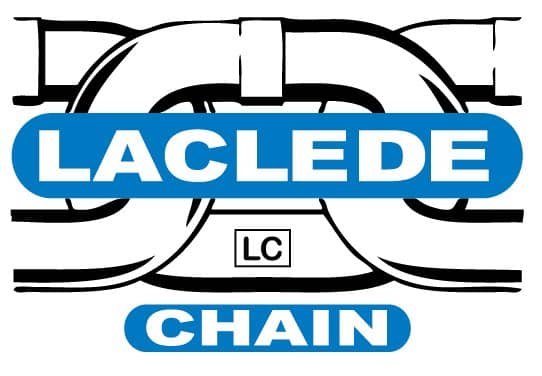Lifting Safely With Chain: A DIYer’s Guide
Contractors and weekend warriors alike have been keeping busy on home improvement projects these days, with home now functioning as the center of our worlds more today than ever. If you’re using rented lifting equipment to complete your next job, it’s important to educate yourself on how to perform your lifts safely. So, before you roll up your sleeves on your next big project, let’s take a moment to explore the fundamentals of safe lifting using chain. Quick disclaimer: this article is not a replacement for a sling safety course!
Use an approved grade of chain and fittings
Not all chain is created equal! Chain that does a fine job of securing loads and holding trailers in place won’t necessarily provide the safety you need for overhead lifting. Chain is graded based on its ultimate break strength—the more weight it can bear, the higher the grade. Always use an alloy chain sling for overhead lifting.
Most lifting operations should be performed with at least grade 80, but more commonly, grades 100 and even 120. The markings on your chain can help identify the grade. If your equipment rental partner is supplying you with chain, be sure to ask them if it meets the qualifications for your specific job.
Never exceed working load limits
All chain manufactured by Laclede goes through a strict quality and testing process to ensure it can withstand the proper amount of weight for its grade. These are called working load limits (WLL). Using chain to lift loads in excess of its WLL can not only put the chain at risk of breaking during the lift, but it causes stress on the chain structure, which weakens its ability for subsequent uses. To avoid injury and damage to property, never exceed working load limits when lifting with chain.
Inspect chain before use
Take a few minutes before starting work to ensure your chain is in good working condition. Examine the links, being sure to look for bent, twisted, or cut links, nicks, gouges, and evidence of stretching. If you observe any of these deformities, replace your chain before proceeding with your job. Our sling inspection video offers great guidelines for expecting your chain prior to lifting.
If it feels unsafe, it probably is
Lifting heavy objects always comes with risk. If something feels unsafe to you, it’s best to stop and consult an expert before continuing with your project. The memory you want from your latest project is the feeling of putting the last piece in place, not 4 hours spent in the emergency room! For more advice on proper chain selection for lifting, refer to our sling guide or feel free to give our experts at Laclede Chain a call. Please note that this article is not a substitute for a sling safety course—visit us online to see our upcoming classes. No matter what kind of project you’re working on, stay safe out there!
